 Y esta es la fotografía original:
Y esta es la fotografía original:En la web se incluye esta biografía de Montgomery Clif:
(English text)
Edward Montgomery Clift (October 17, 1920 – July 23, 1966) was an American film actor. He was known for his brooding, sensitive working-class character roles. He received four Academy Award nominations during his career.
Early life
Clift was born in Omaha, Nebraska, a son of William Brooks Clift, a vice-president of Omaha National Bank, and his wife, the former Ethel Fogg. Clift had a fraternal twin sister, Roberta (aka Ethel), and a brother, William Brooks Clift Jr (born 1918), who had an illegitimate son with actress Kim Stanley.The future actor's mother, who was reportedly adopted at the age of one year, nicknamed "Sunny", spent part of her life and her husband's money seeking to establish the Southern lineage that reportedly had been revealed to her at age 18 by the physician who delivered her, Dr. Edward Montgomery, after whom she named her younger son. According to Clift biographer Patricia Bosworth, Ethel was the illegitimate daughter of Woodbury Blair and Maria Anderson, whose marriage had been annulled before her birth and subsequent adoption. This would make her a granddaughter of Montgomery Blair, Postmaster General under President Abraham Lincoln, and a great-granddaughter of Francis Preston Blair, a journalist and adviser to President Andrew Jackson, and Levi Woodbury, an Associate Justice of the Supreme Court. None of these relationships, however, has been proven and remain speculative in the absence of documentation.As part of Sunny Clift's lifelong preparation for acceptance by her reported biological family (a goal never fully achieved), she raised Clift and his siblings as if they were aristocrats. Home-schooled by their mother as well as by private tutors in the United States and Europe, in spite of their father's fluctuating finances, they did not attend a regular school until they were in their teens. The adjustment was difficult, particularly for Montgomery. His performance as a student lagged behind that of his sister and brother. Clift was educated in French, German, and Italian.
Film career
Appearing on Broadway at the age of 13, Clift achieved success on the stage and starred there for 10 years before moving to Hollywood, debuting in 1948's Red River opposite John Wayne.Clift was nominated for an Academy Award for Best Actor that same year for The Search. His sensitive and intense quality gave him an image as the kind of person to be taken care of.His love scenes with Elizabeth Taylor in A Place in the Sun (1951) represented a new standard for romance in cinema. His roles in A Place in the Sun, the 1953 classic From Here to Eternity, and The Young Lions (1958) were career milestones.Clift and Marlon Brando, who was also born in Omaha, had reputations as Hollywood rivals because of their rapid rise to stardom and similar acting styles. Clift was one of James Dean's idols and he would sometimes call Clift "just to hear his voice".Clift reportedly turned down the starring roles in Sunset Boulevard and East of Eden. At one point he was receiving so many offers of roles that friends had to squeeze past stacks of them in order to walk up the stairs.
Car accident
On May 12, 1956, while filming Raintree County, he smashed his car into a telephone pole after leaving a party at the Beverly Hills home of his Raintree County co-star and close friend Elizabeth Taylor and her then-husband Michael Wilding. Alerted by friend Kevin McCarthy, who witnessed the accident, Taylor raced to Clift's side, manually pulling his tongue out of his throat, as he'd begun to choke on it. He suffered a broken jaw and nose, a fractured sinus, and several facial lacerations which required plastic surgery. In a filmed interview, he later described how his nose could be snapped back into place.After a long recovery, he returned to the set to finish the film. Against the movie studio's worries over profits, Clift rightly predicted the film would do well, if only because moviegoers would flock to see the difference in his facial appearance before and after the accident. The pain of the accident led him to rely on alcohol and pills for relief, as he had done after an earlier bout with dysentery left him with chronic intestinal problems. As a result, Clift's health and looks deteriorated considerably.
Post-accident career
His post-accident career has been referred to as the "longest suicide in Hollywood history" because of his alleged substance abuse. Clift continued to work over the next 10 years. His next three films were Lonelyhearts (1958), The Young Lions (1958) and Suddenly, Last Summer (1959). Clift starred with Lee Remick in Elia Kazan's Wild River in 1960. In 1958, he turned down what became Dean Martin's role in Rio Bravo, which would have reunited him with John Wayne.He then costarred in John Huston's The Misfits (1961), which turned out to be Marilyn Monroe and Clark Gable's last film. Monroe, who was also having emotional problems at the time, famously described Clift as "The only person I know who is in worse shape than I am." By the time Clift was making John Huston's Freud: The Secret Passion (1962) his destructive lifestyle was affecting his health. Universal sued him for his frequent absences that caused the film to go over budget. The case was later settled out of court; the film's success at the box office brought numerous awards for screenwriting and directing, but none for Clift himself. Some time after the initial release of the film Clift appeared on the The Hy Gardner Show where he spoke at length about the accident and its effects, his film career, and treatment by the press. During the interview Gardner mentions that it is the "first and last appearance on a television interview program for Montgomery Clift".Clift's last Oscar nomination was for best supporting actor for his role in Judgment at Nuremberg (1961), a 12-minute part. The film's director, Stanley Kramer, later wrote in his memoirs about how Clift—by this stage a wreck of a man—struggled to remember his lines even for this one scene:"Finally I said to him, "Just forget the damn lines Monty. Let's say you're on the witness stand. The prosecutor says something to you, then the defence attorney bitterly attacks you, and you have to reach for a word in the script. That's all right. Go ahead and reach for it. Whatever the word may be, it doesn't really matter. Just turn to (Spencer) Tracy on the bench whenever you feel the need, and ad lib something. It will be all right because it will convey the confusion in your character's mind." He seemed to calm down after this. He wasn't always close to the script, but whatever he said fitted in perfectly, and he came through with as good a performance as I had hoped."
Death
On July 22, 1966, Clift spent most of the day in his bedroom in his New York City townhouse, 217 East 61st Street. He and his live-in personal secretary, Lorenzo James, had not spoken much all day. At 1 a.m., Lorenzo went up to say goodnight. The Misfits was on TV that night, and Lorenzo asked Clift if he wanted to watch it. "Absolutely NOT!" was the reply. This turned out to be the last time Montgomery Clift spoke to anyone. At 6 a.m. the next morning, Lorenzo went to wake him but found the bedroom door locked. Unable to break it down, he ran down to the garden and climbed a ladder to the bedroom window. When he got inside, he found Clift dead. He was undressed, lying on his back in bed, with glasses on and fists clenched.Clift's body was taken to the city morgue at 520 First Avenue and autopsied. The autopsy report cited the cause of death as a heart attack brought on by "occlusive coronary artery disease". No evidence was found that suggested foul play or suicide. It is commonly believed that addiction was responsible for Clift's many health problems and his death. In addition to lingering effects of dysentery and chronic colitis, an underactive thyroid was later revealed. A condition that (among other things) lowers blood pressure, it may have caused Clift to appear drunk or drugged when he was sober. (A further health issue, though unrelated, was that Clift underwent cataract surgery in his later years; afterward he had to wear glasses.)Following a 15-minute ceremony at St. James Church attended by 150 guests including actresses Lauren Bacall and Nancy Walker, Clift was buried in the Quaker Cemetery, Prospect Park, Brooklyn, New York City. Elizabeth Taylor, who was in Paris, sent flowers, as did Roddy McDowall, Myrna Loy, and Lew Wasserman.
Relationships
Patricia Bosworth, who had access to Clift's family and many people who knew and worked with him, writes in her book, "Before the accident Monty had drifted into countless affairs with men and women. It suited his personality to have sex with a variety of partners. After the accident and his drug addiction became more serious, Monty was often impotent, and sex became less important to him anyway. His deepest commitments were emotional rather than sexual, and reserved for old friends; he was unflinchingly loyal to men like William "Bill" LeMassena and women like Elizabeth Taylor, Libby Holman, Nancy Walker and Ann Lincoln."
When he bought his Manhattan townhouse in 1960 at 217 East 61st Street and became involved in renovations, he reported to a close friend that he envisioned living there someday with a wife and children. According to another biography, Clift's last known lover was Claude Perrin, a Frenchman who eventually became the actor's personal assistant before their relationship ended in the mid 1960s.
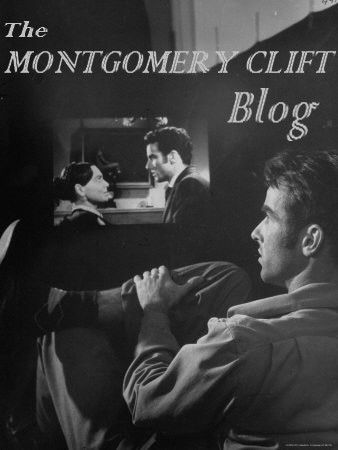




.-+albornoz+(4)+BLOG.jpg)

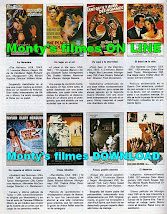


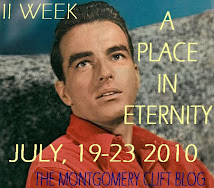











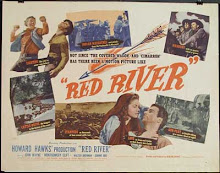
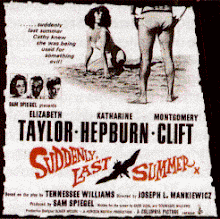



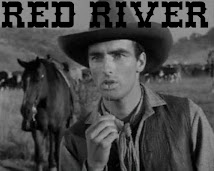


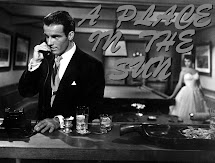2.jpg)
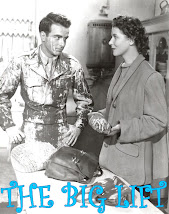.jpg)
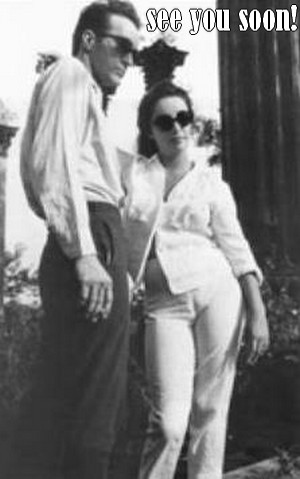

.jpg)


No hay comentarios:
Publicar un comentario